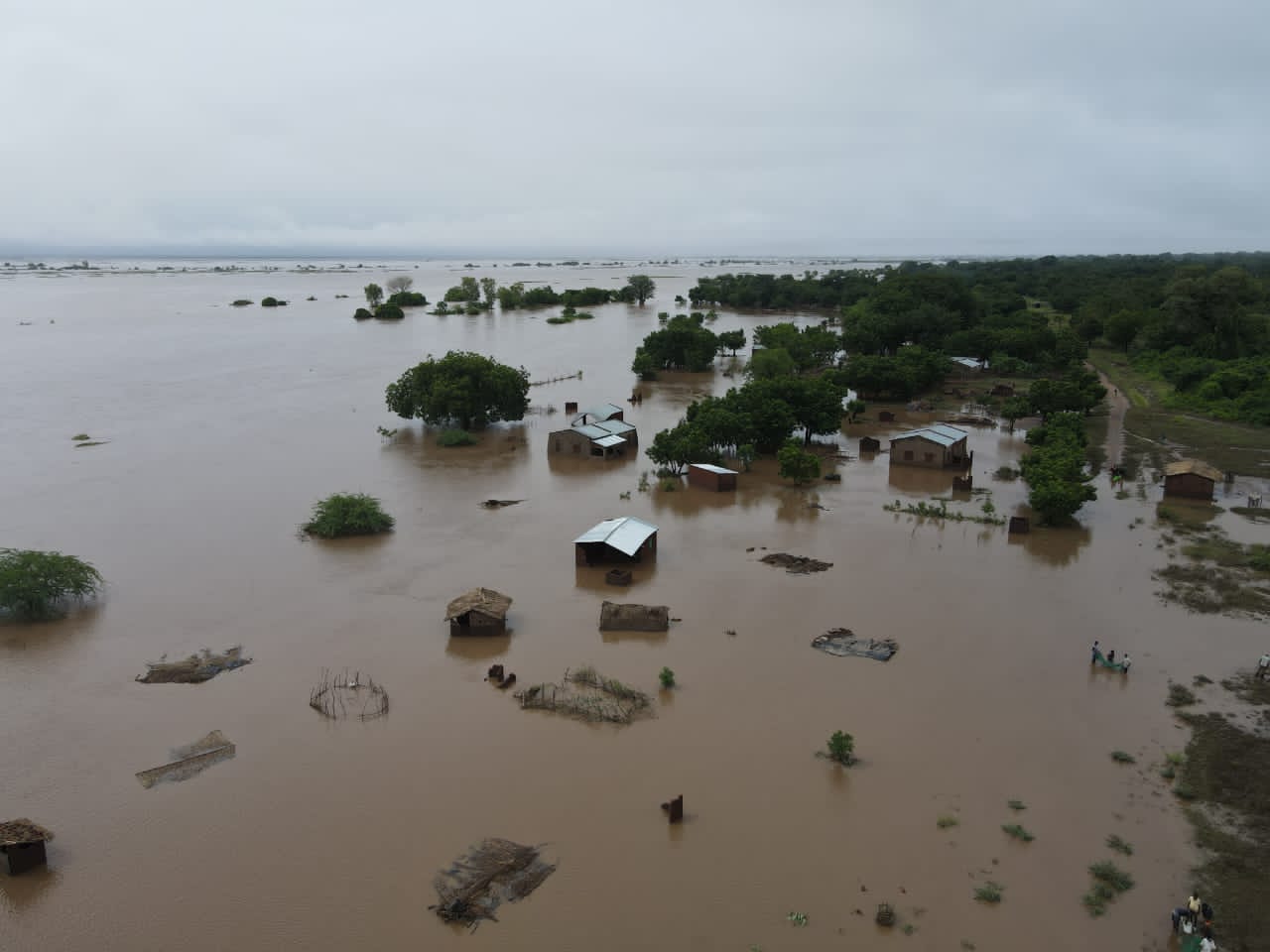Solved – Discuss the Stage of Development of the Tropical Cyclone Freddy

Discuss the Stage of Development of the Tropical Cyclone Freddy
Discussing the Stage of Development of the Tropical Cyclone Freddy
In this article, we will focus on the Stage of Development of the Tropical Cyclone Freddy, offering Grade 12 Geography students a comprehensive overview for their research tasks. Understanding the stages through which Tropical Cyclone Freddy evolved will not only enrich your knowledge of meteorological phenomena but also provide insights into the broader impacts of such natural events on communities, economies, and ecosystems.
Formation and Early Development
Tropical Cyclone Freddy, like all tropical cyclones, underwent a complex formation process driven by warm ocean waters, atmospheric instability, and a conducive environmental wind pattern.
- Initial Disturbance: Freddy’s journey began as a tropical disturbance in the warm waters of the Indian Ocean, where sea surface temperatures exceeded the critical threshold of 26.5°C necessary for cyclone formation.
- Organisation into a Tropical Depression: With the presence of low wind shear and ample moisture, the system quickly organised itself into a tropical depression, marked by increased wind speeds and a more defined circulation pattern.
- Strengthening to a Tropical Cyclone: Freddy’s core continued to warm and condense, leading to a drop in central pressure and an increase in wind speed, crossing the threshold into a full-blown tropical cyclone.
Maturity and Peak Intensity
At its peak, the Stage of Development of the Tropical Cyclone Freddy showcased remarkable intensity, making it a focus of study for meteorologists and geographers alike.
- Rapid Intensification: Benefiting from exceptionally warm sea surface temperatures and a favorable upper atmosphere, Freddy underwent rapid intensification, a phase where maximum sustained winds increased by more than 30 knots in 24 hours.
- Reaching Maximum Sustained Winds: The cyclone achieved its peak intensity with maximum sustained winds exceeding 160 mph, classifying it as a Category 5 on the Saffir-Simpson Hurricane Wind Scale, the highest category that denotes the most potent cyclones.
Decline and Dissipation
The lifecycle of a tropical cyclone concludes with its weakening and eventual dissipation, which occurs due to various factors such as land interaction, cooler water temperatures, and increased wind shear.
- Landfall and Weakening: As Freddy made landfall, it encountered topographical features and cooler land temperatures that disrupted its heat engine, leading to a gradual weakening of winds and the breakdown of its structure.
- Dissipation: Eventually, the system lost its tropical characteristics, dissipating into a low-pressure area as it moved further inland or into cooler ocean waters, marking the end of its lifecycle.
The Stage of Development of the Tropical Cyclone Freddy provides a detailed case study into the lifecycle of one of nature’s most formidable phenomena. By understanding the intricate processes involved in the formation, intensification, and dissipation of tropical cyclones, students can appreciate the dynamic interactions between the ocean and atmosphere that drive such events. This knowledge not only contributes to academic research but also enhances our understanding of the impact of climate change on the frequency and intensity of tropical cyclones globally.
